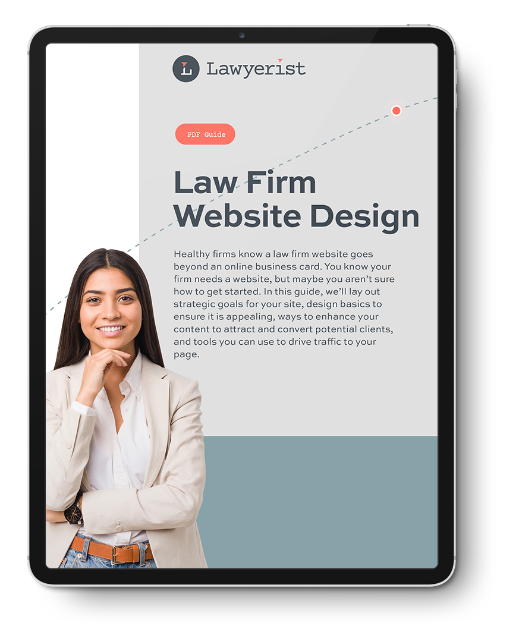Home » Law Firm Website Design » Website Essentials: Functionality & Accessibility
Legal product reviews and business guidance from industry experts.
Chapter 3/6
Website Essentials: Functionality & Accessibility
Law Firm Website Design
2 min read

Download the Full Guide
Guides Parent Form
Already an Insider? Log in to your account to receive your e-book!